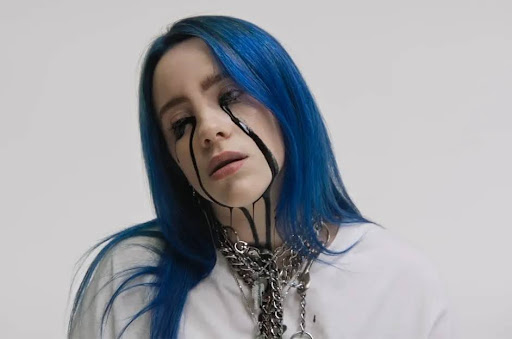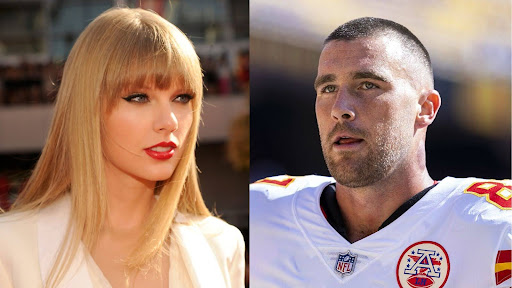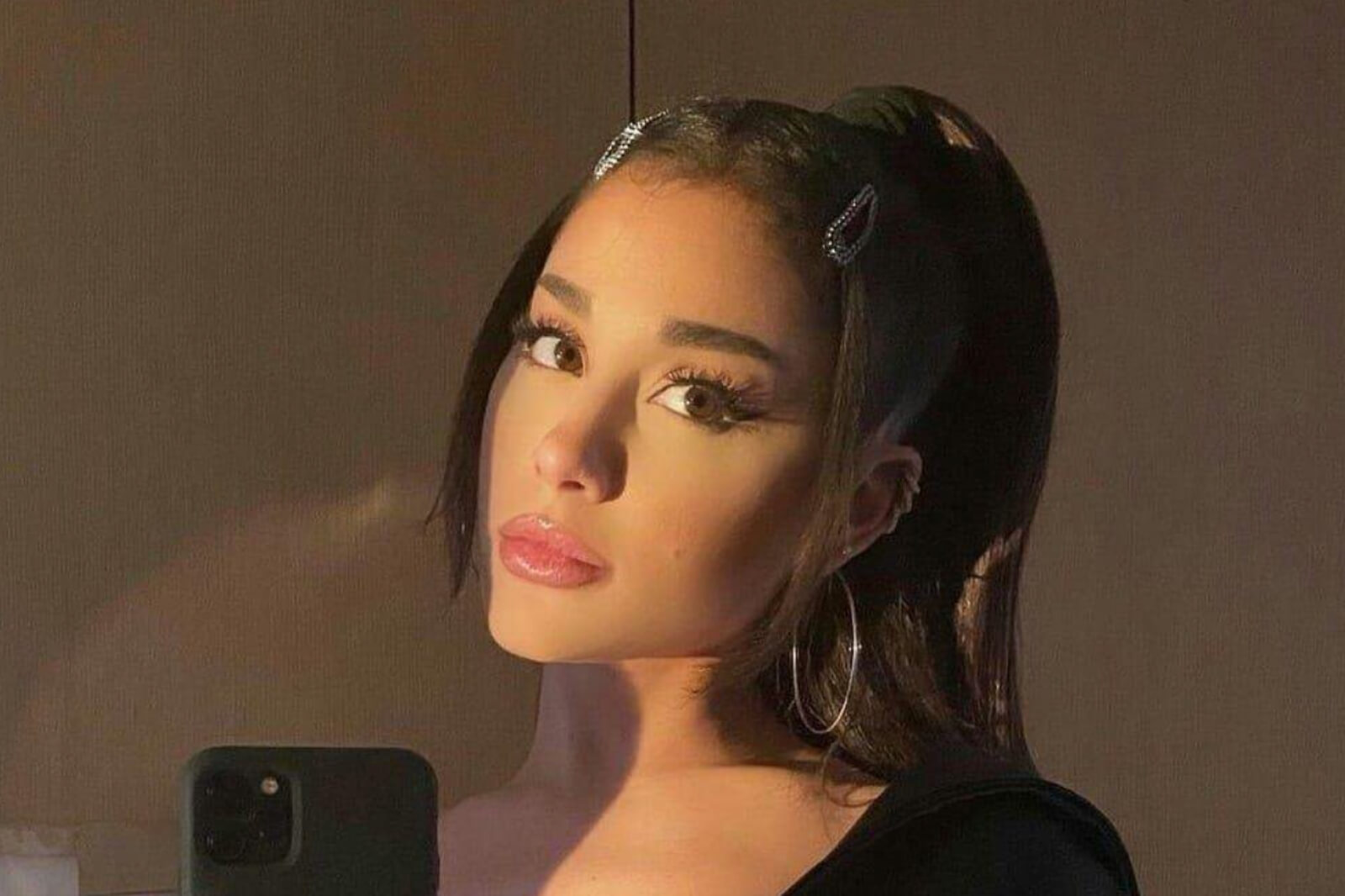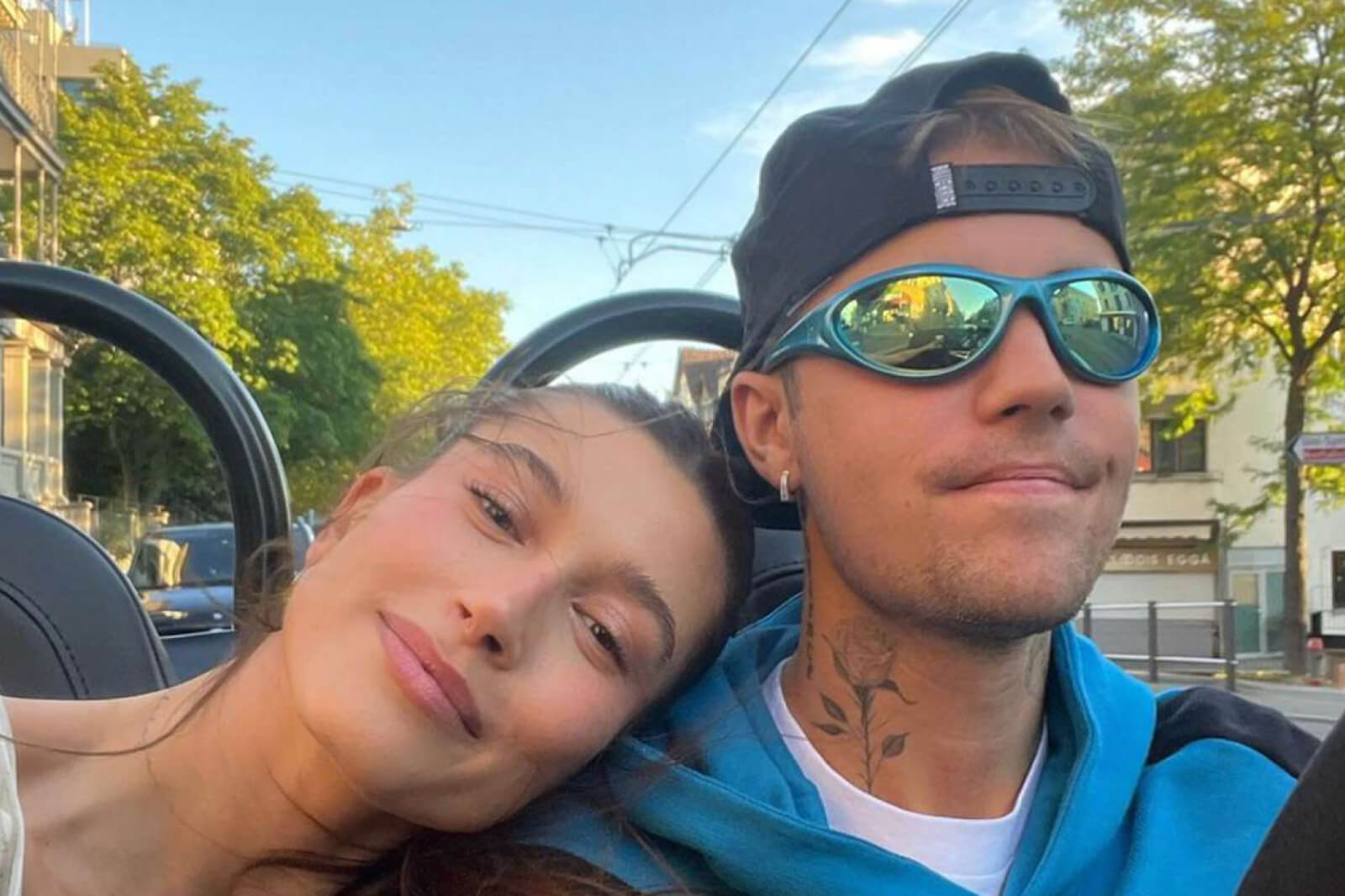
The End of the F*cking World
Netflix
If you’re a fan of Charles Forsman’s graphic novel, The End of the F*cking World, then you were probably at least a little pissed off to see they were making a second season of the Netflix show based on the comic.
It’s impossible to discuss the second season of this Netflix dramedy without spoiling the end of the first season, so if you have yet to catch up on this highly bingeable show, we recommend you stop reading now.
Essentially, Season 1 ends the same way the graphic novel does, with Alyssa and James finally getting tracked down by the police and James subsequently getting shot while trying to save Alyssa. In the novel, that moment of supreme sacrifice is how the story ends, and it’s made clear James did not survive the encounter. But, as James says flatly in a voice over at the beginning of Season 2, “It was a fitting end, a doomed love story. A perfect tragedy. And then I didn’t die.” Indeed, viewers soon learn that writer Charlie Covell left his source material behind completely in writing the second installment of the series and James not only survived in this version, but soon reenters Alyssa’s life.
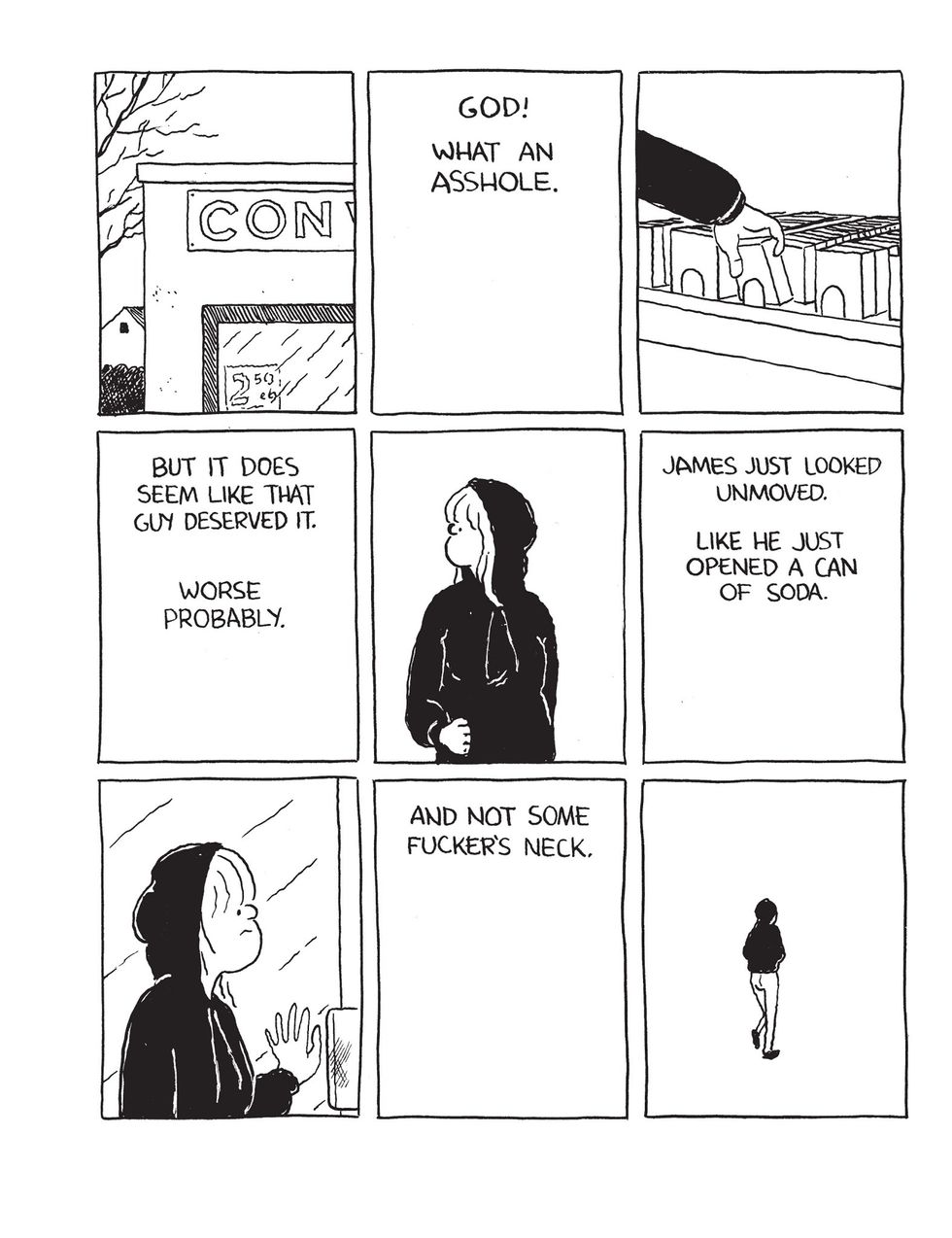
This left many viewers, this writer included, feeling conflicted. On one hand, the first season of the oddball series was a nearly perfect set of episodes. Deeply moving and hyper-realistic almost to the point of surrealism, it was a triumph in the genre of coming-of-age stories. It was made all the more perfect by the seemingly definitive ending: a bold, tragic end that tied up the story neatly and, in its original form, left no room for a sequel. On the other hand, saying goodbye to the deeply alive characters of Alyssa and James seemed unimaginable. But maybe that hard goodbye was part of what made the first season so perfect.
But then, it turned out it wasn’t goodbye at all. And as much as we were happy to learn we’d get a whole other season of The End of the F*cking World, the very fact of the second season cast a shadow on the excellence of the first. Summarily, the second season has a difficult task to perform: prove to its audience that its existence is worth the loss of our perfect, tragic, poetic ending.
So, the question is: Did it succeed? Well…yes and no.
First, it’s impossible to overstate the brilliance of this show’s script. The inclusion of the character’s inner monologues combined with the sparse, direct, and deadpan interpersonal dialogue serve to immerse the audience in a story both bizarre and deeply familiar. The audience gets the feeling that, thanks to these soliloquies, they know Alyssa and James just as well as they know themselves; but, given their adolescence and various struggles, that’s to say hardly at all. Indeed, the combination of impulsivity and child-like innocence with the very adult grief and trauma these young characters bear creates a heartbreakingly realistic portrait of adolescence. All of this remains true in Season 2.
But, in many ways, Season 2 explores areas Season 1 already conquered. A third central character comes in the form of Bonnie (played by Naomi Ackie), a college-aged woman determined to exact revenge against Alyssa and James for killing her “boyfriend,” Clive, whom James stabbed when he tried to rape Alyssa in Season 1. Bonnie is quite obviously “strange,” as Alyssa puts it, and we learn in the first episode that this is at least in part because of an abusive childhood. While Ackie’s performance is brilliant, she adds little besides a central source of conflict. Much of her character seems to be an exploration of themes Season 1 already covered: generational trauma, unhealthy attachments, and anger.

Still, in the final confrontation of the season we see James and Alyssa held at gunpoint in a diner by Bonnie, and what transpires is a scene about trauma and forgiveness as effecting as anything that’s ever been on TV. When it’s finally revealed to Bonnie that Clive tried to rape Alyssa, and Bonnie insists that they “still need to be punished,” Alyssa delivers a brief monologue that punches all the harder for her character’s usually sarcastic, deadpan manner. “You think we weren’t punished? I’m always in that house,” Alyssa confesses. “I’m always in that room. I can’t get out. Maybe I did some things I shouldn’t have, but I didn’t deserve that.” Finally, we see Bonnie’s loathing and grief turn on herself, a poignant testament to the self-loathing inherent in vengeance, and watch as Alyssa and James stop her from ending her own life. Ultimately, audiences are given a much more interesting antagonist in Bonnie than they had with Clive, a serial rapist and murderer, in Season 1. Bonnie is as much a victim of Clive’s cruelty as Alyssa is, and as such, she is by no means a true villain, but rather exists in a grey area of sympathy and antagonism that is ultimately more effective in the narrative of the show.
Much like last season, there are also moments of extraordinary wisdom. When James is rhetorically asked by a police man “What can you do?” in regards to Bonnie’s mental illness, James responds, simply, “Well, a bit more.” It’s this sense of hope in the face of overwhelming nihilism that this show captures so beautifully. Perhaps acknowledgement of just how f*cked the world is, while allowing a sneaking suspicion to creep in that maybe the sun will rise some day—that maybe holding hands is worth doing even as the world falls in around you—is exactly what we need from our art in 2019.
While the critic in me wants to argue that Season 2 should never have existed, if I’m being honest, I’m just glad I got to spend a little more time trying to figure it all out alongside James and Alyssa.

